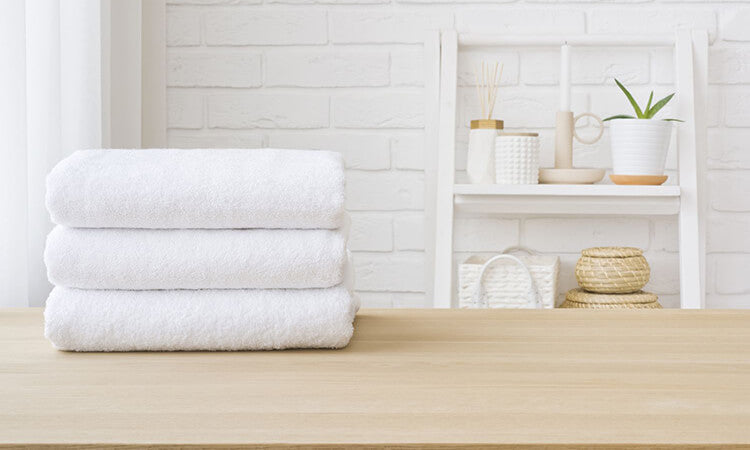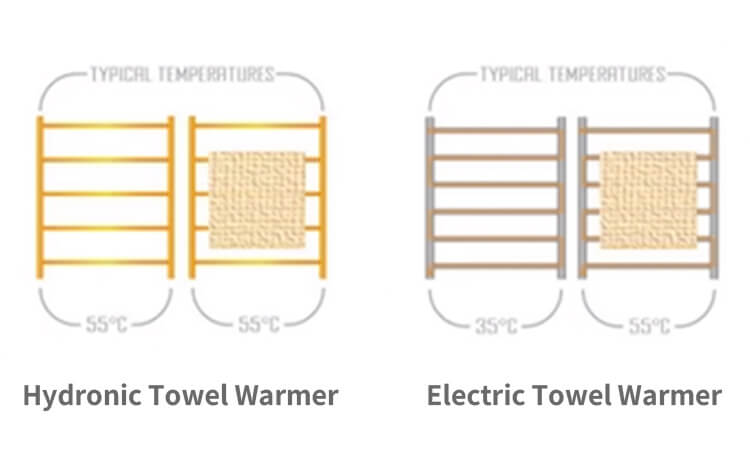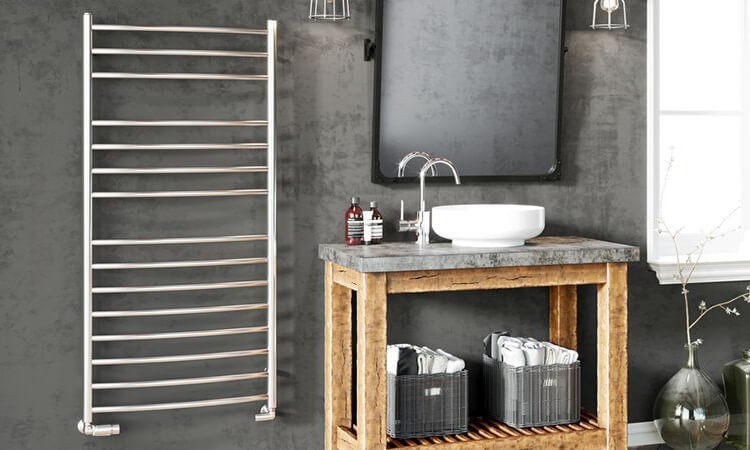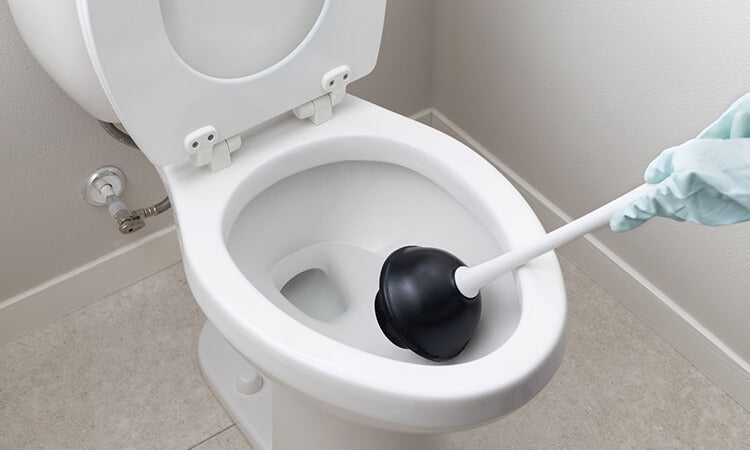Toilet clogs always seem to pop up at the worst possible times. And when a plunger just won’t cut it, the frustration can really pile up. That’s when a more powerful, professional tool—like a toilet auger—comes in handy.
If you’ve never used one before, don’t worry—you’re in the right place.
At Giving Tree Home, we do more than sell bathroom products. We’re here to help you tackle all kinds of home plumbing issues. That’s why we’ve put together this step-by-step guide on how to use a toilet auger. Follow along, and you’ll be able to clear clogs safely and efficiently—without having to call in costly professional help.
Getting to Know the Toilet Auger
A toilet auger is a specialized tool designed to handle deep toilet clogs. Unlike a plunger, which relies on pressure to tackle surface-level blockages, a toilet auger reaches into the S-trap and makes direct contact with the clog. This makes it far more effective for stubborn or deeply lodged obstructions.
Most standard toilet augers include these key components:
- Curved Guide Head: Usually made of high-carbon steel, its shape matches the toilet’s S-trap. It helps guide the cable into the pipe while protecting the ceramic bowl from scratches.
- Flexible Metal Cable: Often crafted from spring steel, this cable is both flexible and strong. Its spiral design allows it to hook or wrap around clogs, making it the main part that clears blockages.
- T-shaped Handle: Typically made of durable plastic, the handle gives you the torque and control needed to smoothly push and turn the cable through the pipe.

5 Steps to Properly Use a Toilet Auger
Step 1: Assess the Clog
Before using a toilet auger, take a moment to evaluate the clog to determine the best approach.
If the water rises more than 2 inches above the normal water line after flushing and doesn’t drop, it’s likely a shallow clog in the upper S-trap. A plunger is usually sufficient.
If the water level drops very slowly (less than 1 inch in 10 minutes), it’s probably a deep clog in the lower S-trap or at the main pipe junction—this is when a toilet auger is needed.
Step 2: Guide the Auger into the Drain
Lift the toilet lid and hold it upright.
Align the auger’s curved guide head with the toilet drain, matching the curve to the S-trap (usually clockwise inward; check your toilet’s pipe layout if needed).
Hold the T-handle horizontally and slowly push the cable into the drain at a speed no greater than 2 inches per second.
When the cable reaches about 12–16 inches, rotate the handle slightly clockwise (around 30°). A decrease in resistance means the guide head has entered the S-trap.
Step 3: Spiral Probe to Locate the Clog
Rotate the handle clockwise (roughly 60–80 RPM) while advancing the cable slowly.
Every 4 inches, pause and rotate the handle counterclockwise about 15°.
If you feel a “catch” or increased resistance when rotating backward, you’ve likely reached the clog. Take note of the exposed cable length to gauge the blockage depth.
Tip: If the cable extends about 4 feet without resistance, the clog may be in the main drain line. Stop using the toilet auger and switch to a main-line tool, like an electric drain snake.

Step 4: Hook and Remove the Clog
Once you’ve located the clog, maintain clockwise rotation while slowly pushing the cable forward (≤2 inches / 5 cm) so the spiral fully engages the blockage. You should feel a noticeable “pull.”
Keep the rotation steady and slowly pull the cable back at 1–2 inches per second.
If resistance suddenly increases while retracting, pause, rotate clockwise 3–5 turns, and continue. This helps prevent dropping the clog back into the pipe.
Step 5: Test for Pipe Clearance
Push the cable back into the pipe to about 1.5 times the depth of the clog. If it rotates smoothly with even resistance, the pipe is likely clear.
Test drainage in stages:
- Pour 2 cups (500 ml) of water and observe the flow.
- Pour 4 cups (1,000 ml), simulating a normal flush.
If water drains within 30 seconds without rising, the clog is cleared. If drainage remains slow, repeat the steps to ensure no residual blockage remains.
Common Mistakes to Avoid
1. Forcing the Cable
- Error: Pushing the cable forcefully when you hit resistance.
- Consequence: The cable could break, the toilet’s ceramic may get scratched, or the clog could be pushed deeper.
- How to Avoid: When you feel resistance, rotate the handle gently and advance slowly. Pay attention to the feedback from the cable before deciding whether to push further or adjust the angle.
2. Incorrect Guide Head Direction
- Error: The guide head is not properly aligned with the S-trap.
- Consequence: The cable may fail to enter the pipe, scratch the interior, or slip, reducing efficiency.
- How to Avoid: Make sure the guide head follows the S-trap’s curve (usually clockwise inward). Check your toilet’s pipe layout if needed.
3. Ignoring Clog Depth
- Error: Using the auger without first assessing where the clog is located.
- Consequence: You may waste time on shallow clogs or risk damaging the cable or pipe by over-pushing on deep clogs.
- How to Avoid: Observe water levels to identify shallow versus deep clogs and choose the right tool for the job.
4. Pushing Too Fast
- Error: Advancing the cable quickly without pausing.
- Consequence: The cable may get stuck in bends, increasing the chance of breakage.
- How to Avoid: Keep your speed slow—around 2 inches per second—and pause every 4 inches to check progress.
5. Neglecting Cleaning and Protection
- Error: Using the cable without a protective sheath or failing to clean it afterward.
- Consequence: This can scratch the toilet, cause the cable to rust, or leave dirt that affects future use.
- How to Avoid: Always use the sheath for protection, and clean and dry the cable and guide head after each use.
Troubleshooting & Risk Management
| Issue | Possible Cause | Recommended Solution |
|---|---|---|
| Cable gets stuck |
1. Rusted or bent cable 2. Guide head misalignment3. Hard foreign object in the pipe |
1. Withdraw the cable, apply graphite lubricant, and replace if severely deformed. 2. Adjust the guide head to match the pipe’s curvature. 3. Stop and inspect with a pipe camera; remove the object using a specialized tool. |
| Cable breaks inside the pipe |
1. Fatigued cable (older than 2 years) 2. Forced push overload3. Sharp protrusion inside the pipe |
1. Locate the break with a pipe camera and use a hooked extractor. 2. For deep breaks, contact a professional to safely locate and remove the cable. |
| Unable to hook the clog |
1. Liquid-based clog (e.g., solidified grease) 2. Worn spiral teeth |
1. Apply a caustic drain cleaner (mainly NaOH) for 30 minutes, then retry with the auger. 2. Replace the spiral cable, making sure the teeth are intact. |
Ending
Using a toilet auger might seem intimidating at first, but with the right technique, it’s a reliable way to tackle stubborn clogs without calling a plumber. By assessing the clog, guiding the cable carefully, and following the steps outlined above, you can clear blockages safely and efficiently.
Remember, patience is key. Rushing or forcing the auger can lead to damage, so take it slow and pay attention to the feedback from the cable. After each use, clean and protect your auger to ensure it lasts for many future clogs.







